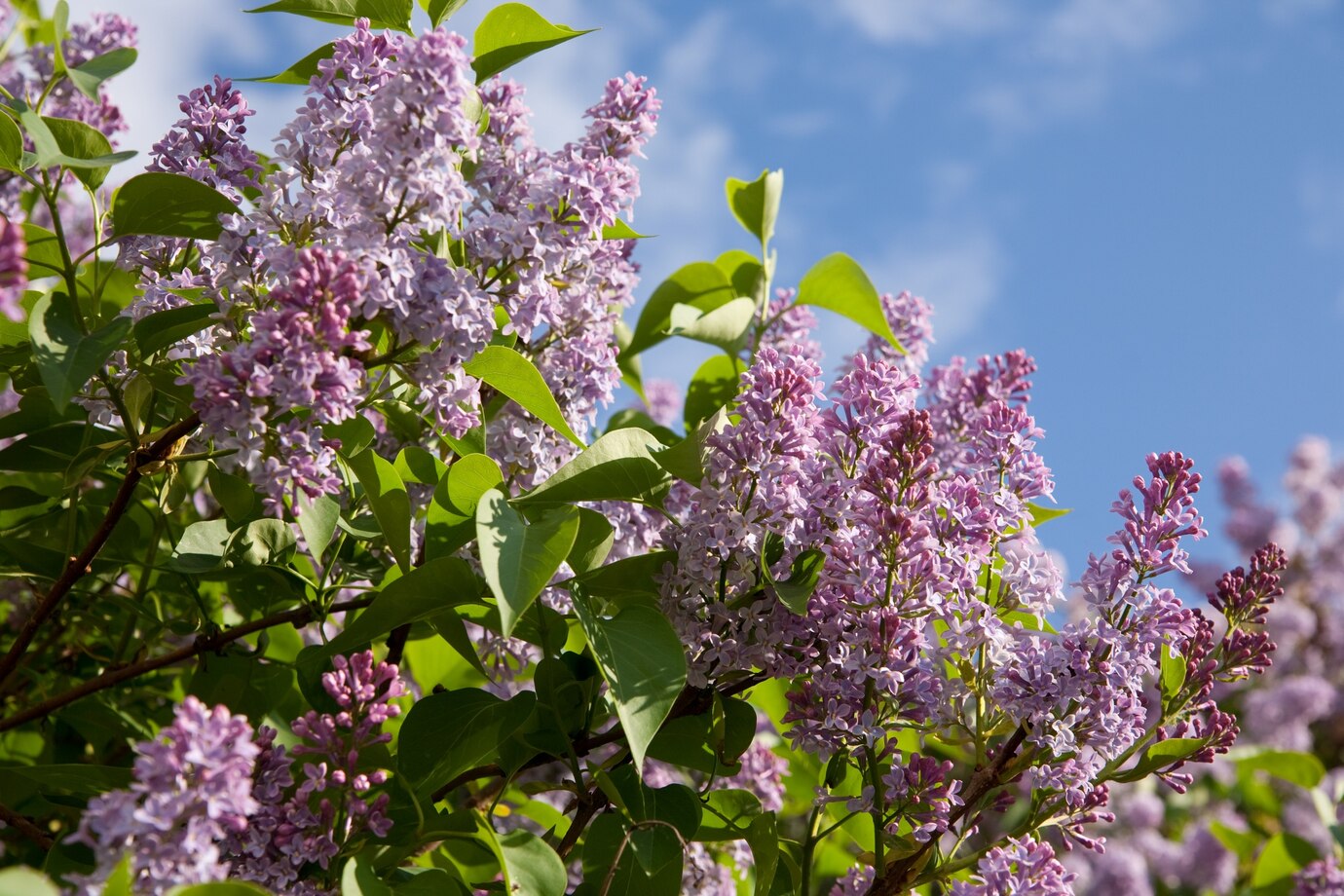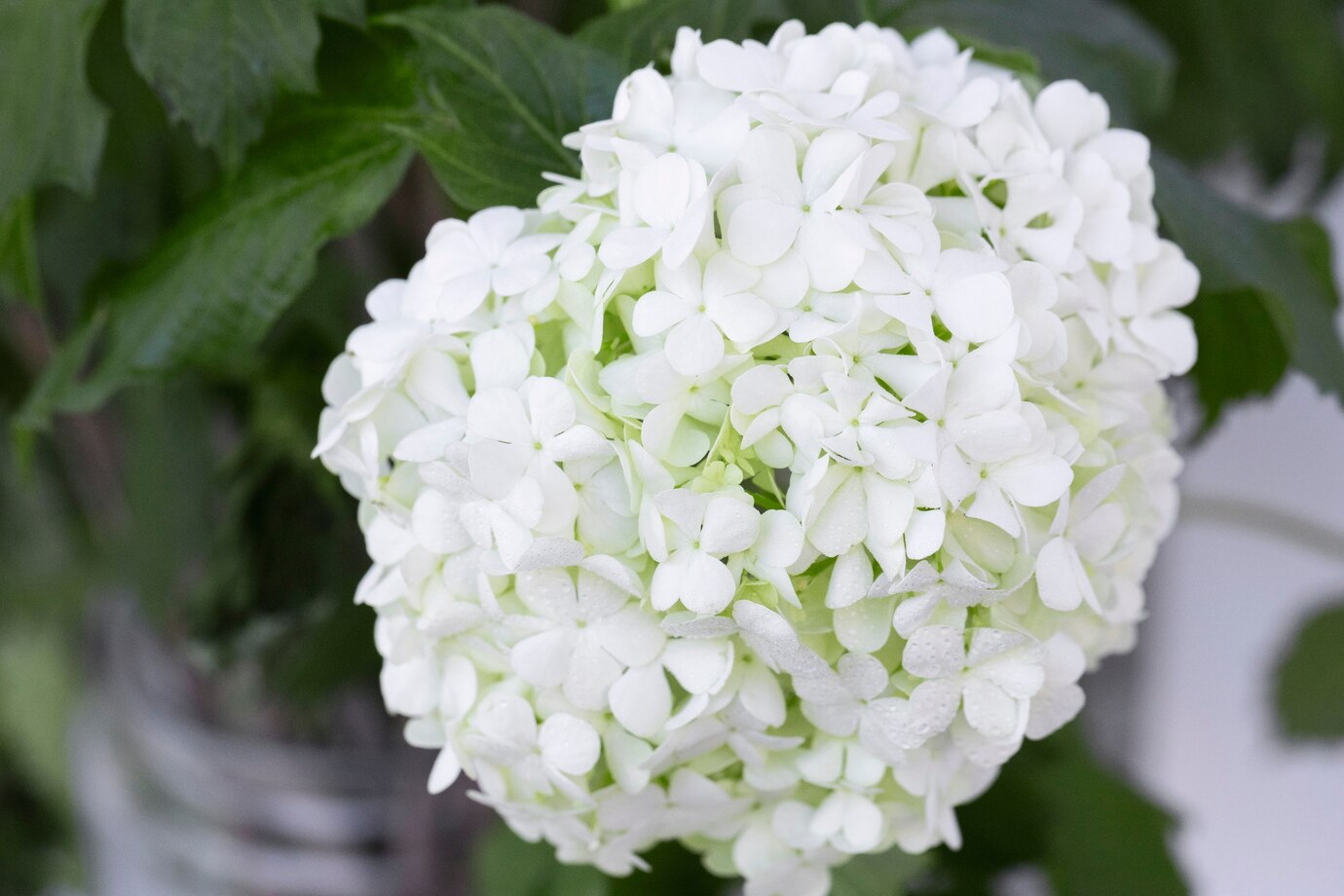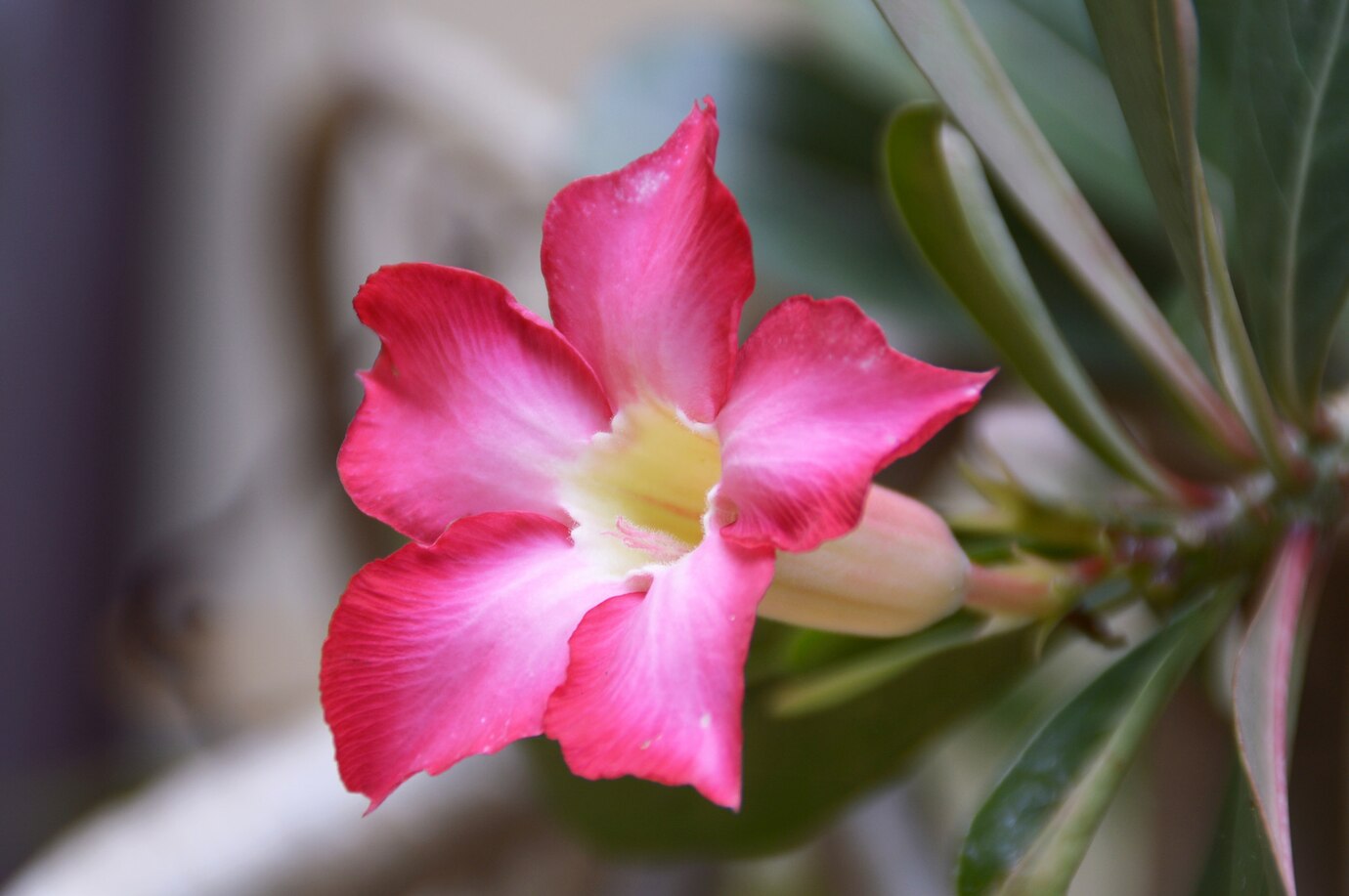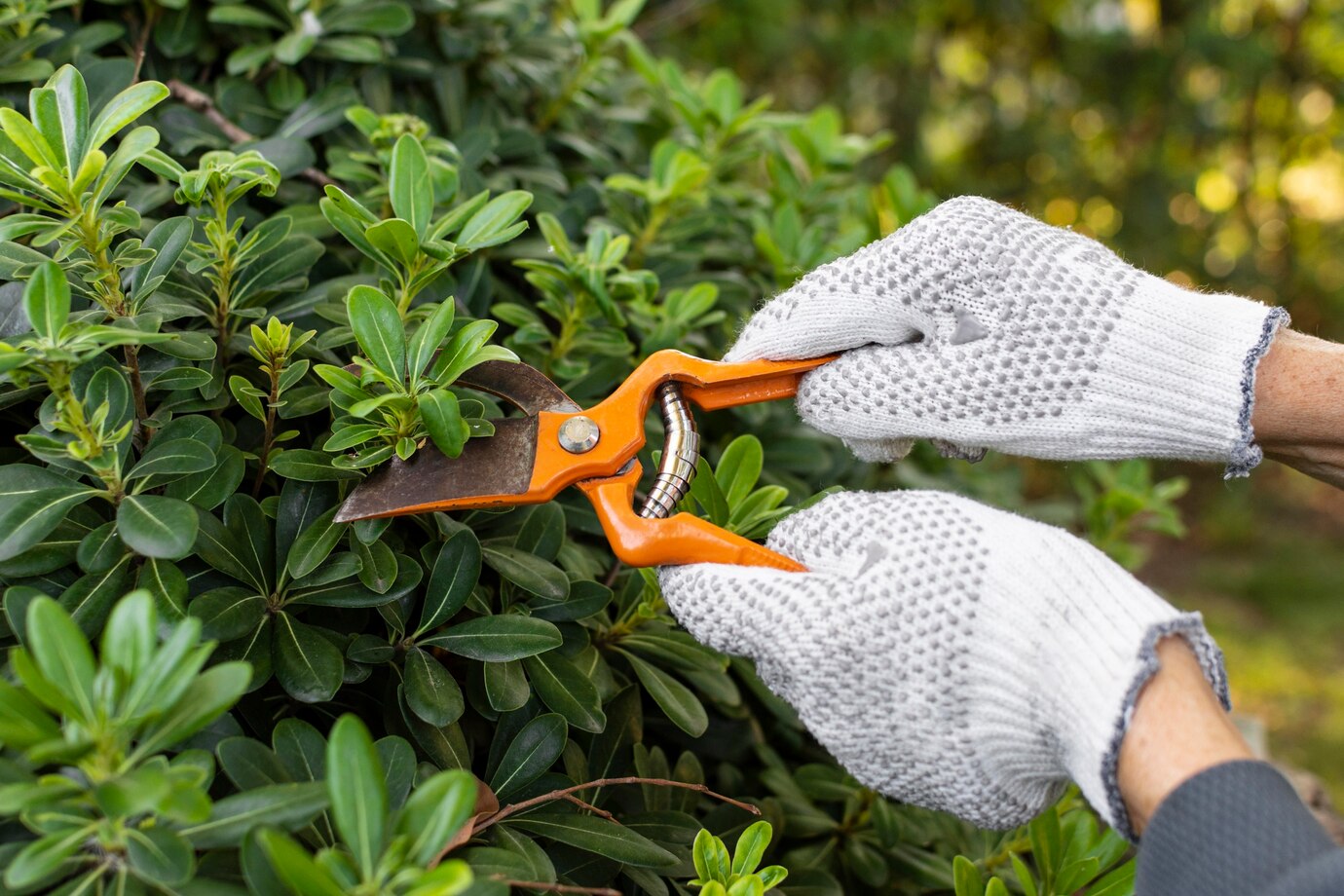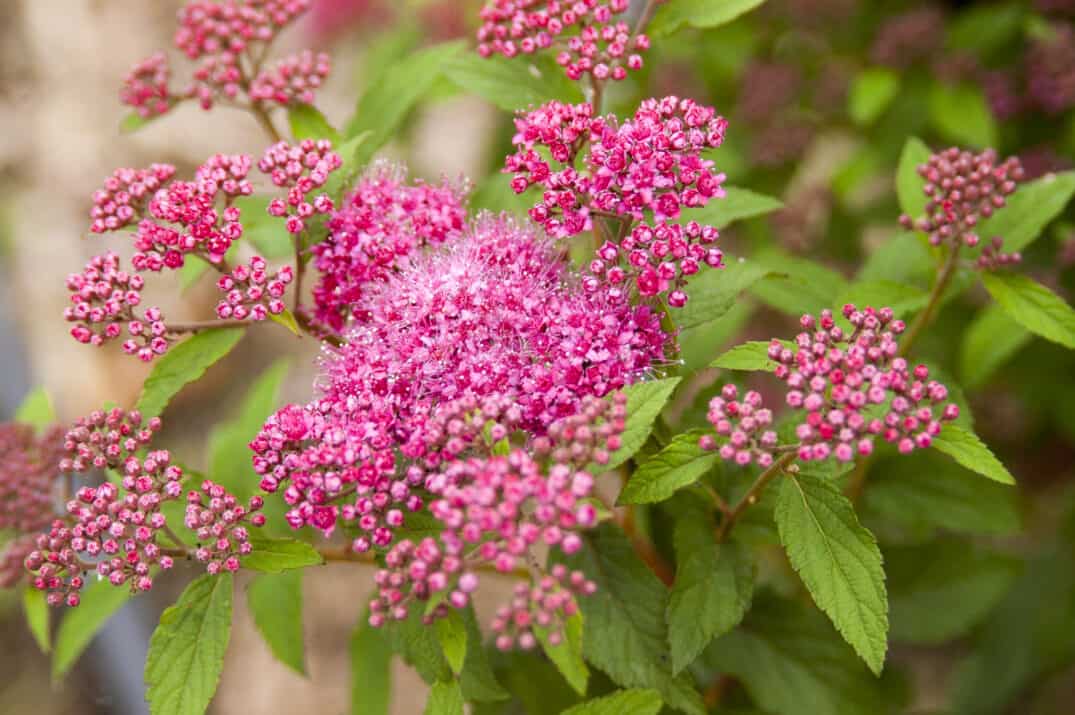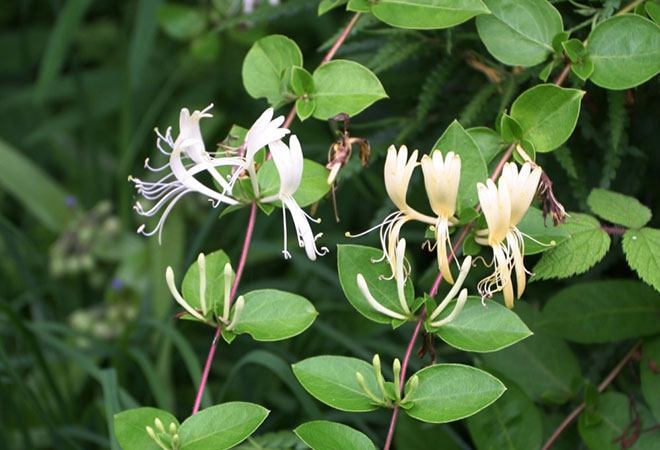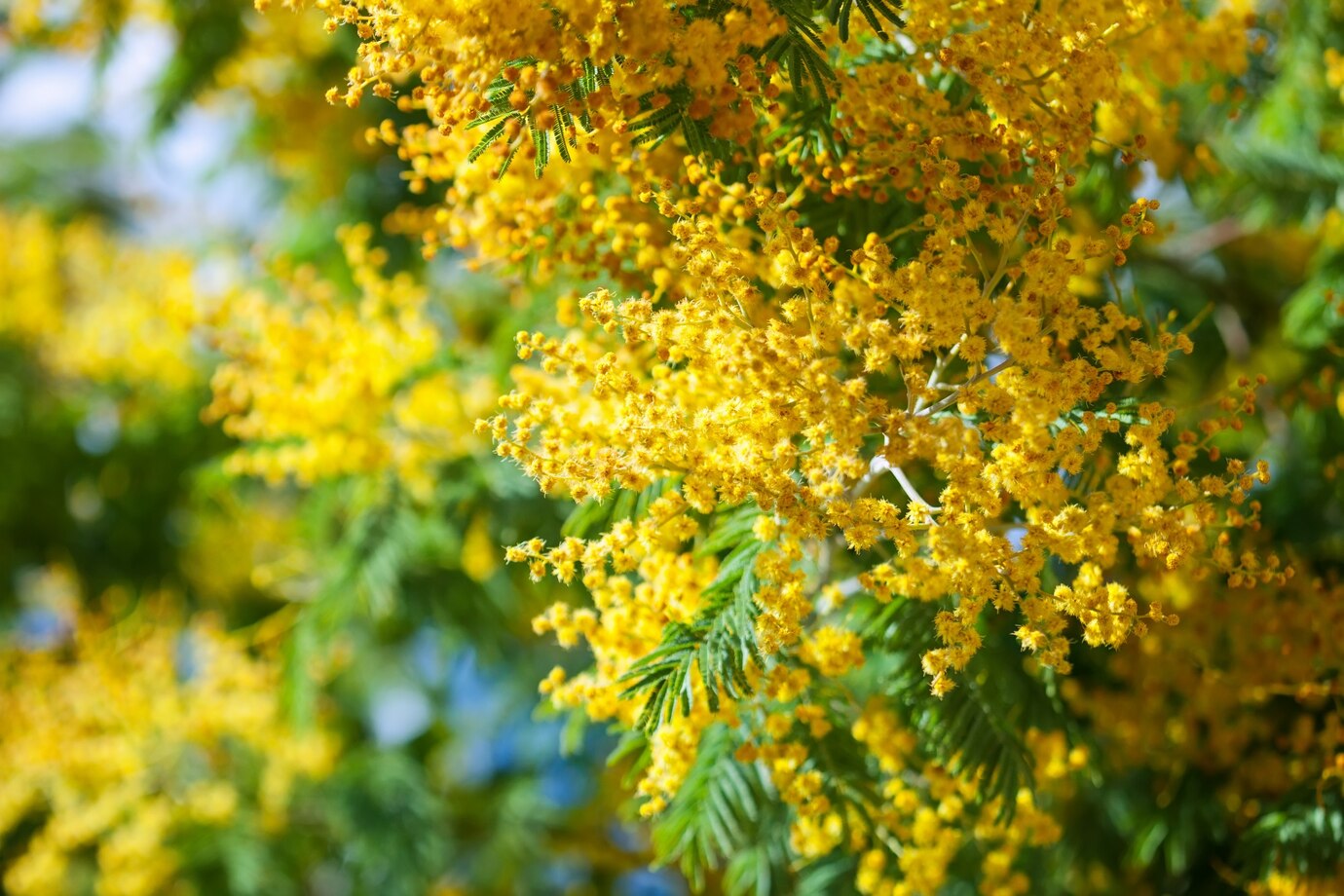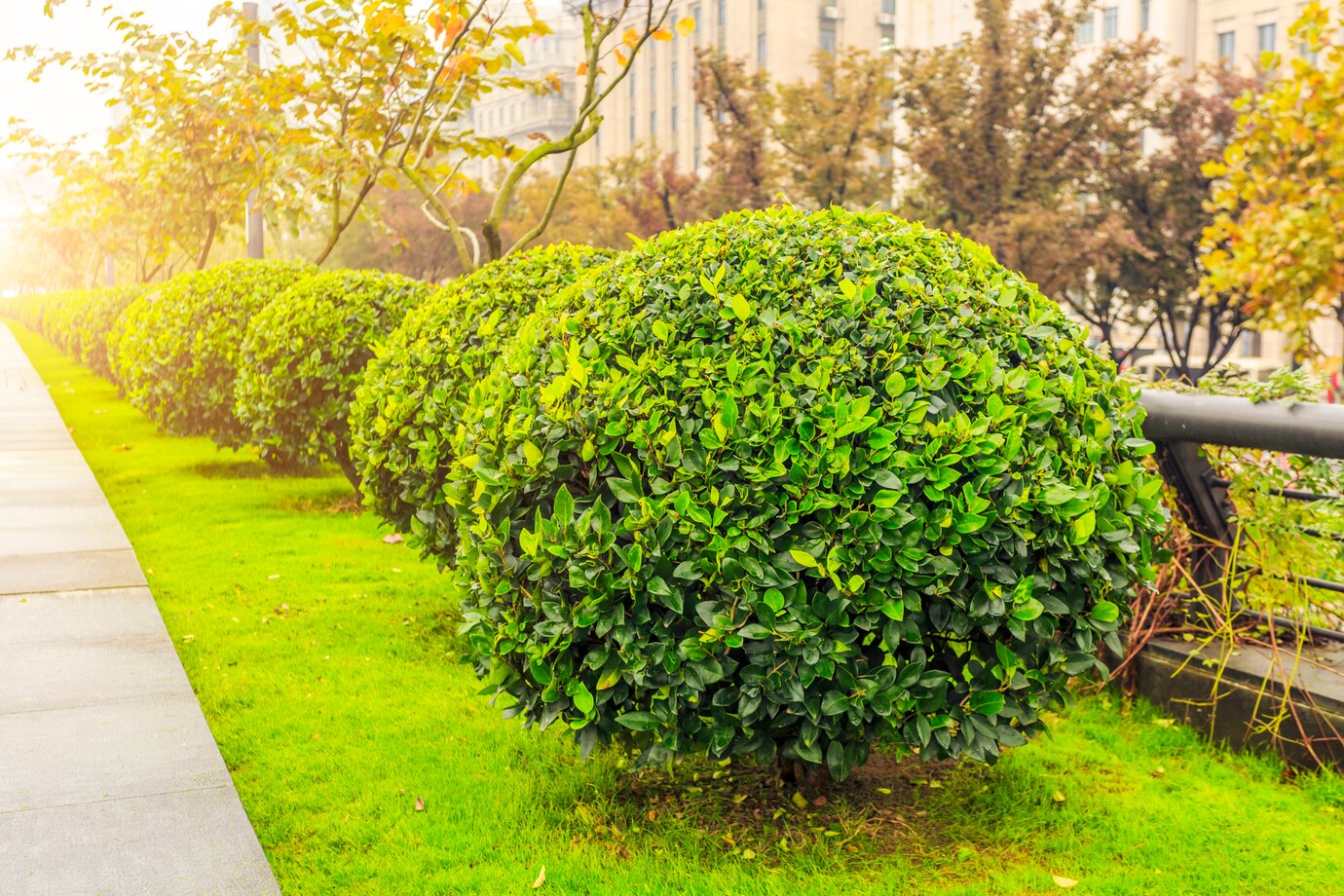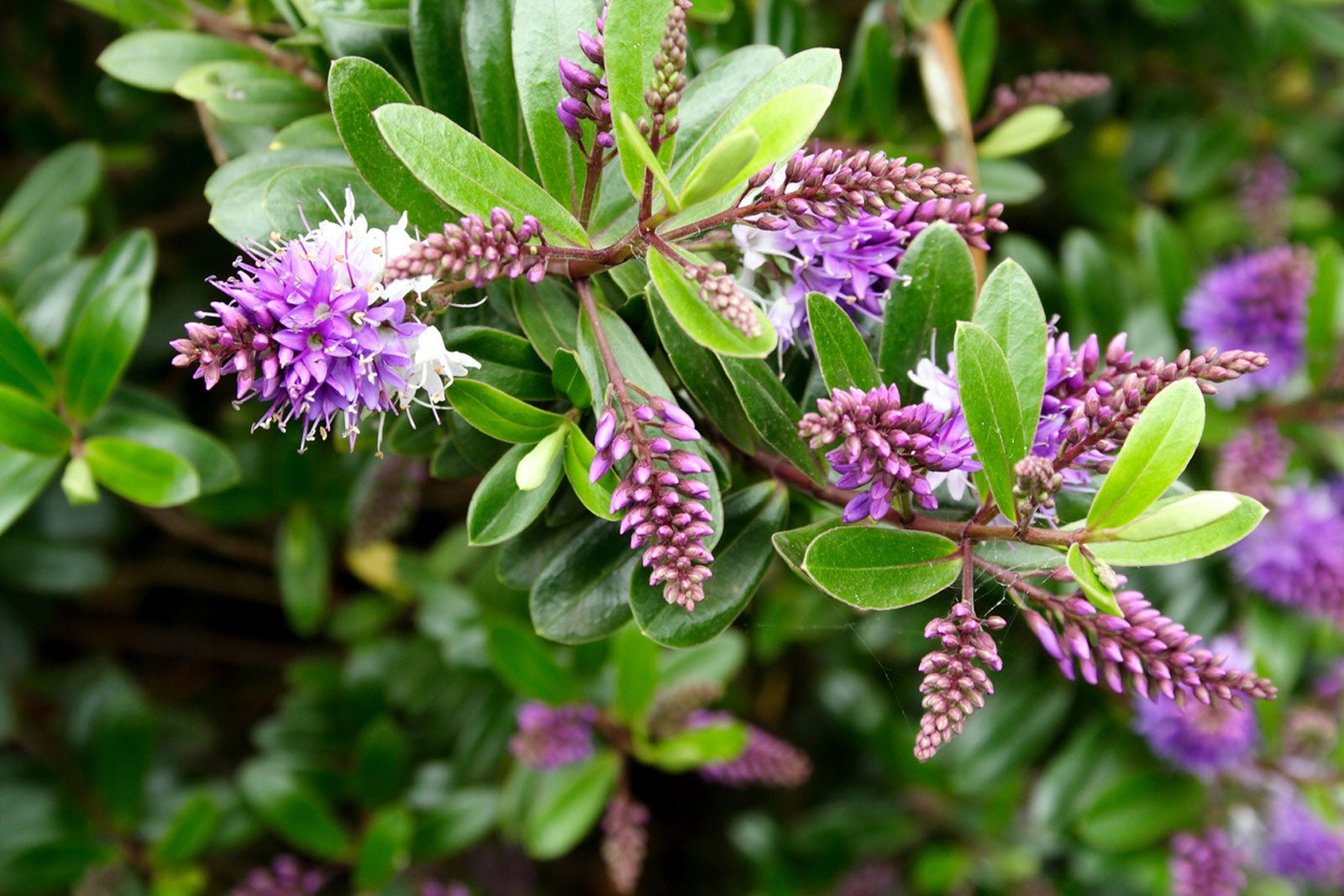Lilacs are among the most loved and adored flowering shrubs. They have stunning flowers and a captivating fragrance. These shrubs are available in various colors, adding vibrant beauty to any landscape. While they shine in just one season, their breathtaking spring blooms provide a much-needed burst of color and scent after a long, harsh winter.
Table of Contents
ToggleHow To Grow Lilac Shrubs
Lilacs grow easily and create a striking focal point in any border. Plant them under direct sun with well-drained soil during autumn or spring. Give them time to establish roots while the ground stays warm and the weather remains mild.
Preparation
Lilacs thrive in moist, well-drained soil enriched with organic matter. Before planting, improve the soil by mixing compost and fertilizer.
Planting in the garden
Dig a hole larger than the original pot at the same depth in the prepared soil. Carefully remove the lilac from its nursery pot, gently loosening the roots if they appear compact. Place the plant in the hole and thoroughly backfill it with soil and water. Spread mulch in the base to conserve moisture and suppress weeds, ensuring it stays clear of the main stem.
Planting in pots
Grow smaller or grafted lilacs in large pots or planters with good drainage. Choose a container at least 50-60 cm wide and equally deep. Fill it with a potting mix, then carefully remove the lilac from its nursery pot, loosening compact roots if needed. Plant it in the potting mix, backfill around the roots, and water thoroughly. Spread a layer of mulch in the base to retain moisture. Keep it away from the main stem.
How To Care For Lilac Shrubs
Lilacs are an easy addition to any home garden as they require little maintenance. Aside from regular pruning, they need minimal care to thrive.
Light
Plant lilac bushes in full sun and ensure they receive at least six hours of direct sun daily. While they can tolerate some shade, too little light reduces blooming. Avoid planting them in full shade, as they won’t survive.
Soil
Lilac bushes thrive in rich, loamy soil with sharp drainage and a neutral pH. While they can tolerate clay soil, it may slow their growth. Adding compost in spring helps improve nutrient-deficient soil.
Water
Lilacs require moderate soil moisture, but soggy conditions can cause root rot and poor blooming. Young plants should be watered regularly to moisten the soil, while mature lilacs only need watering during droughts.
Temperature and Humidity
Lilac bushes thrive in climates with cool summers and struggle in hot, humid regions like the Southern United States, where fungal diseases can develop. They tolerate freezing temperatures but need protection from harsh winds, which can damage flower buds and break stems.
Fertilizer
Feed lilac bushes in spring, especially if the soil lacks nutrients. Avoid high-nitrogen fertilizers, as they can reduce blooming. Instead, use a balanced fertilizer and follow the label instructions for best results.
Pruning Lilac Shrubs
Prune lilacs immediately after flowering to encourage blooming and improve air circulation. It also helps prevent powdery mildew. Since they bloom on old wood, avoid cutting too late in the season. Thin out dense growth to promote airflow and maintain a manageable height. Remove the oldest branches at ground level, as they produce fewer flowers but never cut more than a third of the total branches. Over-pruning can prevent blooming. Trim any weak or damaged branches to keep the shrub healthy.
Propagating Lilac Shrubs
Lilacs naturally form clumps, sending up new shoots from the base. Use these shoots to propagate new plants by digging down to expose the roots and cutting the shoot away from the mother plant, ensuring it has an intact root system. Plant the shoot in a suitable location and water regularly until it is established. With the proper care, lilacs reward gardeners with their beauty and ease of maintenance.
Common Pests and Diseases
Lilacs rarely face serious pest issues but may attract lilac leaf-mining moths or thrips, which typically don’t affect the plant’s overall health. Lilac blight, however, can cause dieback, blemished leaves, and blossom damage. Infected leaves turn brown and limp before dropping. Prune affected branches well beyond the infection during dry, sunny weather to improve air circulation and prevent the disease from spreading.

